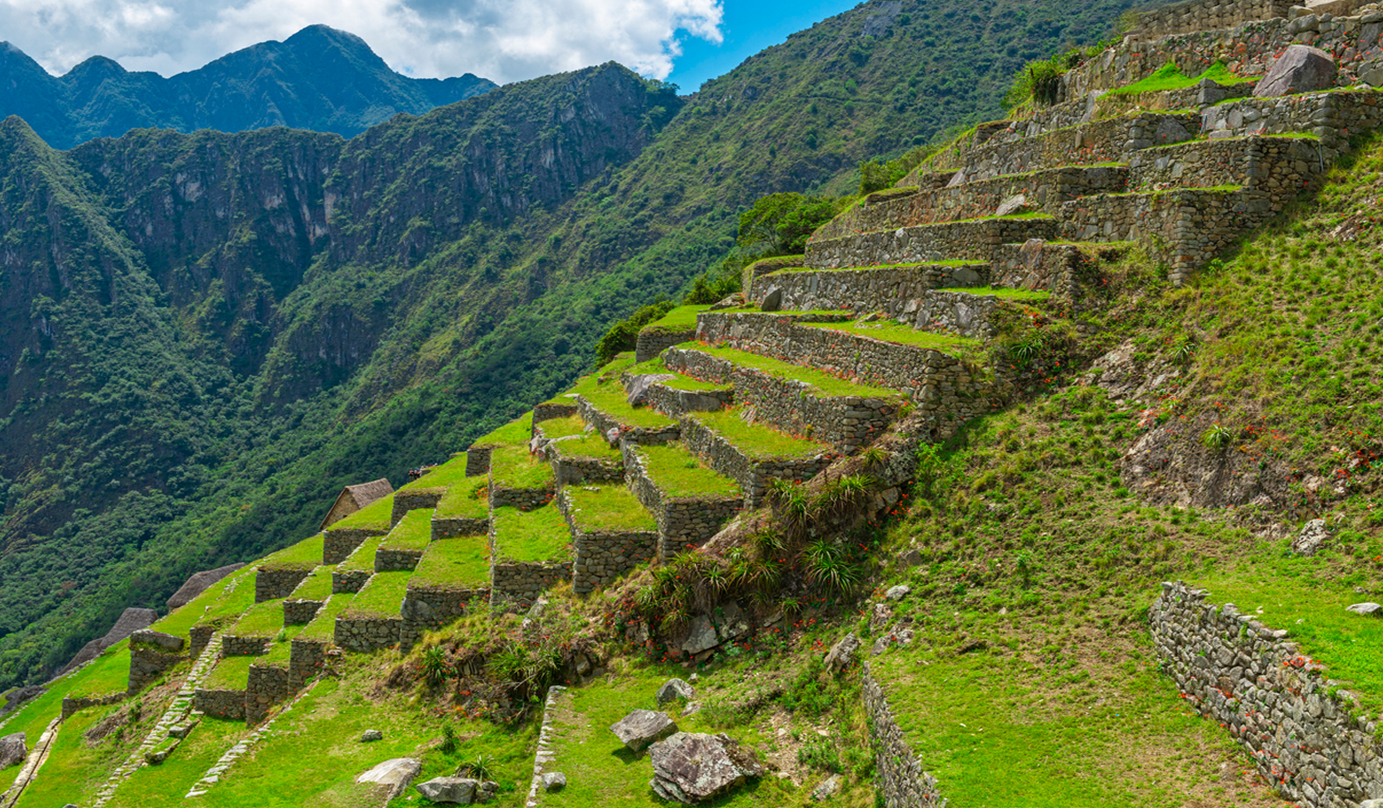
High in the Andean mountains, a group of people did the unthinkable. These people achieved an empire in a peculiar way. They did it without a monetary system. They did it without metal craft. They did it without the wheel. Despite this, they were extremely advanced. They had an army, laws, roads, bridges, tunnels, and a complex irrigation system. They built the largest pre-Columbian empire without many of the tools of their peers. At the height of its power, this civilization included 16 million people.

In their own language of Quechua, these people called themselves "Tawantinsuyu." It means "four parts coming together." These four parts are North, East, South, and West. The Spanish called these people "Inca." It comes from the Quechua word for their ruling class. In their own culture, not everyone was an Inca.

In the 1200s, the Mongol empire rode its way across Asia and Europe on horseback. Meanwhile, the Inca were climbing their own course to becoming an empire across the Atlantic ocean. Originating in the highlands of modern-day Peru, the Inca practiced a pastoral way of life. The mountain landscape can be brutal to life, yet the Inca adapted. Machu Picchu still has the terraces people dug into the hills to irrigate their plants. The people of the Andean highlands even developed a larger lung capacity!

Land was divided amongst the rulers, the religious class, and the working class farmers. The Sapa Inca reigned over the people from Cusco. He relied on a strictly stratified society to maintain his power. Cusco was where the four parts of the empire met. These four parts were called "suyu." Each suyu was ruled by an "apu." Apu was a term used for both elite men and esteemed mountains.

The Inca people believed in a pantheon of gods, many of whom were ecological. Inti was a solar deity and the patron of Cusco. The Sapa Inca was believed to be the son of the sun. The divinity of the king meant that royal succession was important. The king's wife and children were also supposed to be divine. Sometimes the Sapa Inca's sons fought each other over the succession.

The Inca believed that the body was sacred. It was important for reincarnation. If someone died and their body was burned, they would not make it through the afterlife. They might not get to be reborn. The bodies of kings were mummified. The Spanish invaders didn't like these Incan practices. They called it idolatry. They started taking the mummies away.

The Inca didn't develop a writing system. They passed their stories and knowledge down orally. Thus, their ceramic art is especially important to help us study them. These ceramics were crafted with pictures of many special symbols, like animals, birds, and gods.

Like the Maya civilization, the Inca empire met its end when it met the Spanish empire in 1532. The last Incan stronghold fell forty years later. The Spanish brought superior technology. They were able to overpower the garrisons that protected Incan cities. Before that, European explorers had brought smallpox. They probably didn't intend to wipe off the Incan population with disease. Even so, the smallpox epidemic made it easier to defeat the Incan empire .